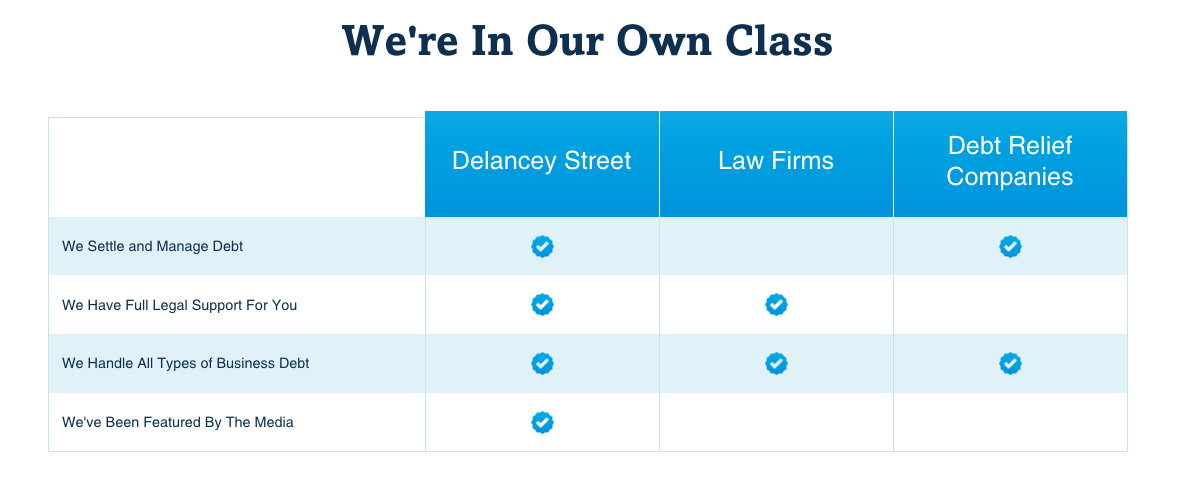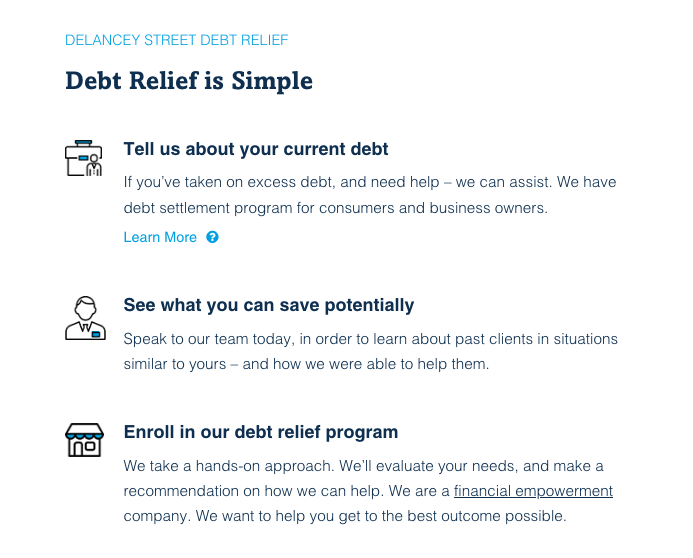Why Mortgage Debt Restructuring Programs Often Fail Homeowners
Mortgage debt restructuring programs are intended to provide relief to struggling homeowners by lowering monthly payments to affordable levels. However, these programs often fail to deliver on their promises, leaving many homeowners in difficult financial situations or even losing their homes. There are several key reasons why these programs frequently fall short:
High Re-Default Rates
One of the biggest issues with mortgage debt restructuring programs is that many homeowners end up re-defaulting on their loans even after getting payment relief. According to a study by the Urban Institute, over 40% of homeowners who received loan modifications under the government’s Home Affordable Modification Program (HAMP) re-defaulted within 18 months. The re-default rates were especially high for homeowners who were significantly underwater on their mortgages.
 -
-There are several factors that contribute to these high re-default rates:
- Insufficient payment reduction – For many homeowners, the payment reductions provided by debt restructuring programs are not deep enough to make the monthly payments truly affordable based on their income and expenses. This makes it difficult to sustain modified payments over the long run.
- Lack of equity – Homeowners with little or no equity have less financial incentive to keep making payments if they run into financial troubles again. They may choose to walk away since they have nothing to lose.
- Ongoing financial hardship – The core reasons that pushed a homeowner into default often remain unresolved even after a loan modification. These include job loss, medical issues, divorce, etc. A new crisis can easily jeopardize their ability to sustain modified payments.
Restrictive Eligibility Requirements
To qualify for most mortgage debt relief programs, homeowners have to meet certain eligibility criteria based on factors like income, assets, and credit scores. Often, struggling homeowners fail to meet one or more requirements, disqualifying them from receiving any aid.
For example, many programs have strict limits on the maximum allowable debt-to-income (DTI) ratios. Even if a homeowner has had a significant loss of income, if their DTI exceeds 50% they may not qualify for payment reduction or other assistance.
Likewise, homeowners with damaged credit scores due to missed mortgage payments often cannot meet minimum credit score requirements. This prevents them from getting any relief, even if they can now afford modified payments.
 -
-Flawed Net Present Value (NPV) Test
Mortgage servicers use a complex financial test called the net present value (NPV) test to determine whether it would be more profitable to modify a loan or proceed with foreclosure. If the NPV result indicates that foreclosure is financially preferable, the servicer has no obligation to offer any relief programs.
Consumer advocates have criticized the NPV model for containing flawed assumptions that are overly favorable to investors and disadvantageous to struggling homeowners. This systematic bias results in many homeowners being denied access to programs that could have helped them avoid foreclosure.
Burdensome Application Process
The application process for mortgage relief programs is often convoluted, requiring extensive paperwork and documentation. Homeowners must track down account statements, pay stubs, tax returns, hardship letters, and other financial records.
For homeowners already under severe financial distress, compiling all these documents and submitting accurate applications while continuing to make mortgage payments poses an enormous administrative burden. Many struggle through the process for months before discovering they do not qualify for any programs. Others give up midway through application, causing unnecessary foreclosures.
Short-Term Relief Only
Most mortgage debt restructuring programs are designed to provide temporary payment relief for several years, not permanent loan modifications. After this band-aid period, regular loan payments resume and homeowners can once again struggle with unaffordable payments.
 -
-For example, the Home Affordable Refinance Program (HARP) allowed underwater homeowners to refinance at lower interest rates. However, after the 3-5 year modified loan term, homeowners face higher payments on the original loan balance.
Without true long-term payment affordability, short-term relief programs only kick the foreclosure can down the road instead of resolving the core issue.
Conflicts of Interest With Mortgage Servicers
Mortgage servicers face inherent conflicts of interest when implementing mortgage relief programs. Their primary investors are often investment funds who purchased distressed mortgage-backed securities and have financial interests directly opposed to homeowners.
 -
-Servicers may impose unnecessary delays, provide misinformation to applicants, or otherwise hinder access to relief programs to benefit their investors. This results in preventable foreclosures through no fault of struggling homeowners.
Several settlements have been reached against major servicers like Bank of America and Wells Fargo over systematic abuses related to mortgage modifications and foreclosure prevention. However, critics argue that more reform is needed in the servicing industry.
Insufficient Legal Protections
Despite announcements touting massive mortgage relief programs with billions in funding, there are very few legal protections or guarantees forcing servicers to actually offer meaningful and sustainable loan modifications.
Programs like HAMP contain no private right of action allowing homeowners to sue mortgage servicers for failing to follow program guidelines or wrongly denying them relief. The lack of accountability mechanisms enables some servicers to maximize profits through unnecessary foreclosures.
Stronger legislative and regulatory action is required to reform the broken servicing model and provide recourse to homeowners failed by current programs. This includes imposing stricter loss mitigation requirements, legal penalties for non-compliance, and other structural changes.
What Struggling Homeowners Can Do
If you are struggling to make mortgage payments and need payment relief, here are some tips:
- Work with a HUD-approved housing counselor to understand all available relief options and ensure your application is accurate and complete. Getting expert help can boost your chances of qualification.
- Explore alternative non-government relief programs like community assistance funds which have more flexibility than federal programs.
- Be proactive and start the application process early before you miss too many payments. This helps maximize chances of approval.
- If denied a modification, request a detailed explanation why and check if the servicer’s decision can be appealed. Mistakes do happen.
- Contact your state attorney general’s office to file a complaint if the servicer wrongly denies you relief or violates program guidelines. Officials do track complaint data.
- Consult a foreclosure defense attorney regarding litigation options against the mortgage servicer or investor. Legal action may be feasible if you faced unlawful or negligent conduct.
With smart advocacy and persistence, struggling homeowners can sometimes achieve positive results even when broader debt relief programs fail to deliver. But more work is clearly needed to reform the broken system and establish reliable, sustainable relief programs accessible to any homeowner facing hardship.
I hope this overview on why mortgage debt restructuring initiatives frequently provide inadequate assistance was helpful. Let me know if you have any other questions!







